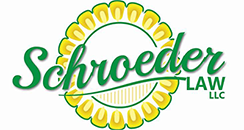Years ago, buying a home was pretty straightforward. A buyer would pay a 20% down payment and pay off the remaining 80% over time. But as the demand for homeownership grew, more people without the 20% down payment wanted to purchase homes. Private mortgage insurance began to be used in the homebuying process.
In the years right before the housing crisis, people made assumptions that home prices would continually and aggressively increase every year. Lenders saw this as an opportunity to help more people who hadn’t saved the 20% down payment.
